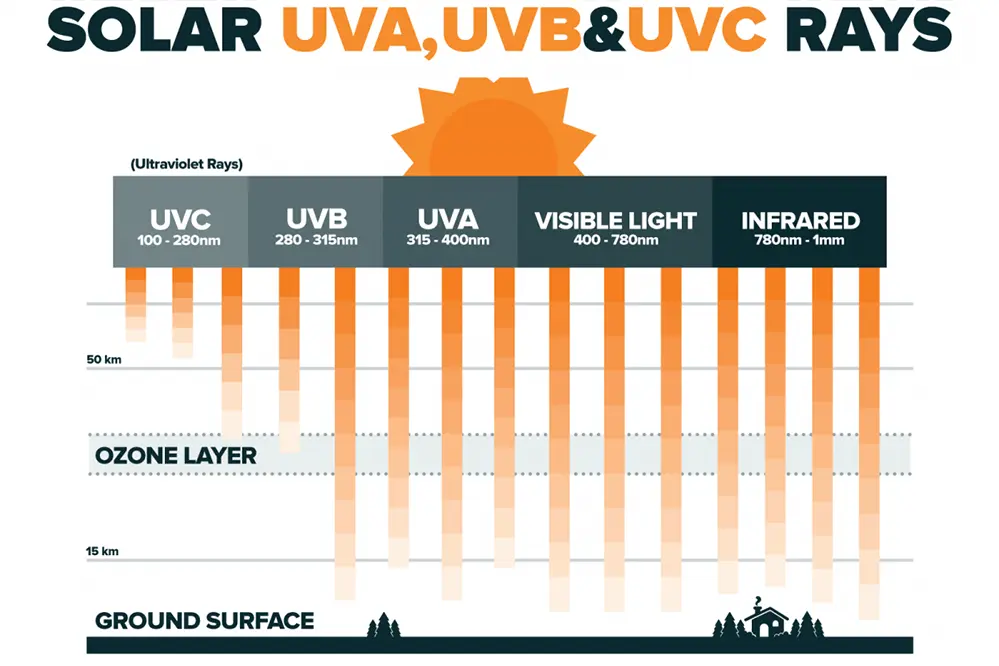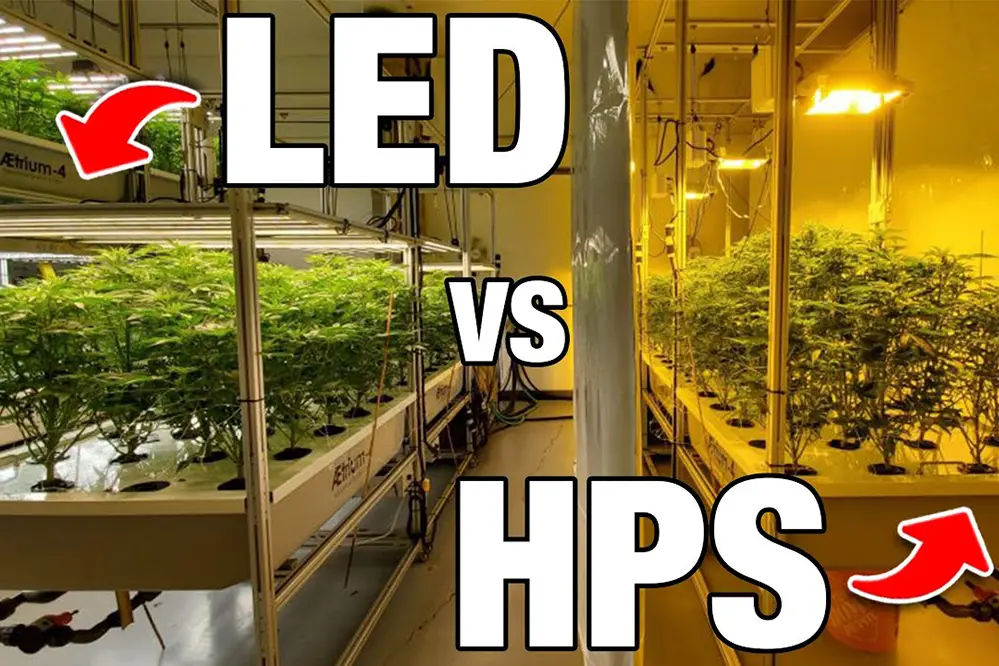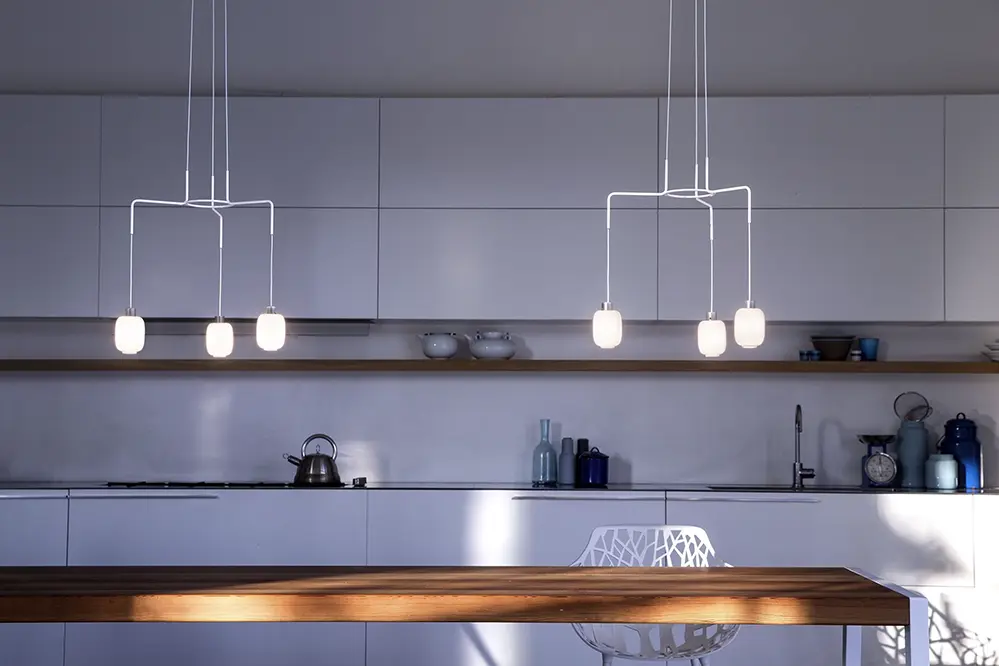In a bustling city where innovation meets tradition, a small café owner decided to revamp her space using LED strips, transforming not just the ambiance but also her business’s sustainability footprint. The impact of LED strips on the lighting industry and sustainability efforts is profound, as these versatile lights offer more than just illumination—they redefine spaces and energy consumption. According to recent studies, LED strips can reduce energy usage by up to 75% compared to traditional lighting, highlighting their potential in fostering eco-friendly practices.
The importance of LED strips extends beyond their energy efficiency. They represent a shift towards sustainable living, offering businesses and homeowners alike the opportunity to reduce their carbon footprint while enhancing aesthetic appeal. This transformation is not just a trend but a necessary evolution in the lighting industry, driven by the urgent need to address climate change and resource conservation.
As we delve deeper into this topic, you’ll discover how LED strips are revolutionizing spaces and contributing to a more sustainable future. Join us on this enlightening journey to explore the myriad ways these innovative lights are making a difference.
Introduction to LED Strips
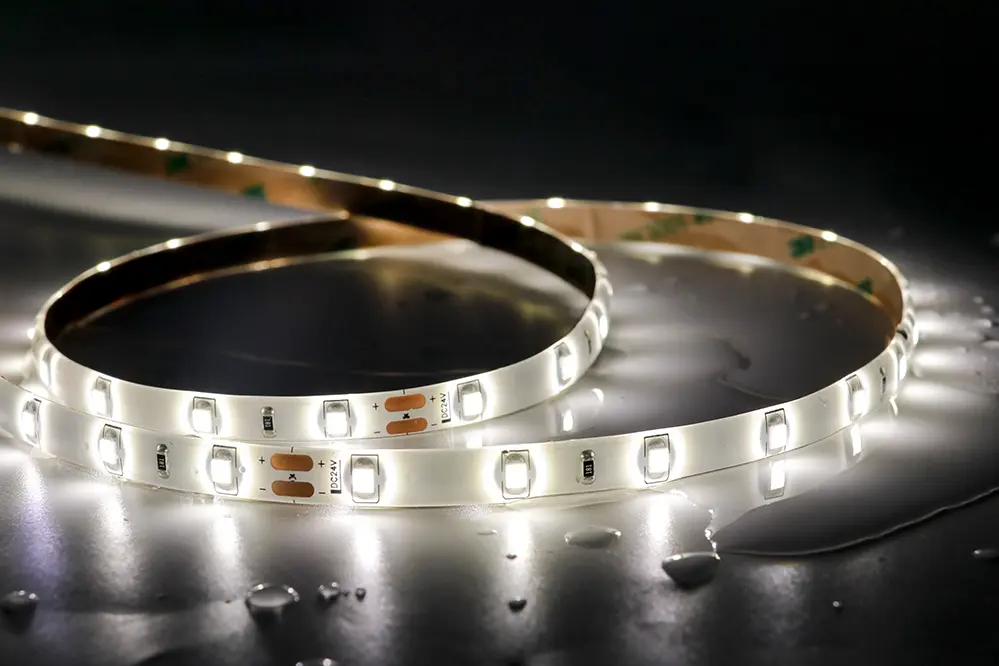
LED strips are redefining modern lighting solutions.
With their sleek design and energy efficiency, they herald a new frontier in how we illuminate our spaces. Originally introduced as an alternative to traditional incandescent lighting, LED strips quickly emerged as a popular choice due to their transformative potential. Today, their impact is evident, extending beyond aesthetics to significantly enhance efficiency in energy consumption.
LED strips have versatile applications in both home and industrial settings.
They provide scalable solutions that cater to a spectrum of lighting needs—from the gentle ambiance necessary in intimate home settings to the robust brightness demanded by commercial projects. Such adaptability allows designers to experiment with unconventional lighting designs.
Their trajectory of innovation demonstrates a promise of continued integration into varied aspects of both industrial and domestic lighting strategies. As we ever strive for sustainability, LED strips represent a glowing beacon of progress, illustrating a remarkable convergence of technology and environmental stewardship. Their proliferation is a testament to an industry in transformation, eagerly embracing a brighter, greener horizon.
Evolution in the Lighting Industry
The lighting industry has undergone a dynamic evolution, driven by technological advancements, shifting consumer preferences, and an unwavering commitment to sustainability. Traditionally, it relied heavily on incandescent and fluorescent bulbs.
However, the introduction of LED (Light Emitting Diode) technology spurred a monumental shift.
LED lighting, with its superior efficiency and versatility, has fundamentally redefined industry standards. It has rendered previous technologies almost obsolete.
Emerging as a leader, LED’s adaptability in design and form factor continues to inspire cutting-edge applications across the globe.
This technology not only addresses energy consumption concerns but also opens the door to innovative design possibilities. Reflecting a relentless pursuit of innovation, LED strips exemplify the lighting industry’s resilience and forward-thinking ethos.
Together, the ongoing evolution of lighting technologies and the rise of LED strips symbolize a sustainable and visionary future for the industry.
Advantages of LED Strips
LED strips have revolutionized lighting with unmatched efficiency.
Their slim, flexible design allows for diverse applications. From home interiors to grand architectural projects, these remarkable tools afford designers the unique opportunity to rethink space utilization in a visionary manner. Furthermore, the ease of installation expands accessibility, allowing individuals from all walks of life to partake in crafting bespoke lighting atmospheres in their environments.
The range of customization options available further enhances LED strips.
They deliver precise lighting control—from brightness levels to color temperatures—enabling users to create personalized ambiances with ease. Such customization not only enriches user experience but also encourages experimentation and creative expression in design methodologies.
The inherent energy efficiency of LED strips speaks volumes about sustainability and economic benefits, presenting a compelling case for adoption. Their longevity reduces wastage and reliance on frequent replacements, promoting a cycle of resource conservation. As the industry moves forward, it intertwines innovation with sustainability, with LED strips standing resolutely at the forefront.
Cost-Effectiveness of LED Strips
In today’s rapidly evolving economy, the cost-effectiveness of LED strips stands out as a pivotal advantage in both residential and commercial sectors.
Since their introduction, LED strips have consistently showcased reduced energy consumption, which directly translates to lower electricity bills. Their longer operational life further minimizes maintenance costs, significantly enhancing their value proposition for consumers and businesses alike.
Moreover, as production techniques advance and economies of scale are achieved, the initial costs of LED strips have become increasingly competitive. This downward trend in pricing makes them an accessible option for a broader range of budgets without compromising on quality or efficiency.
Consider the cost-to-benefit ratio provided by LED strips, especially when weighed against traditional lighting systems. The upfront investment is quickly offset by substantial savings in operational costs and decreased environmental impact, demonstrating fiscal prudence and ecological foresight.
Indeed, opting for LED strips not only strengthens financial standing but also supports sustainable practices that harmonize with global ecological objectives.
Aesthetic Flexibility
Aesthetic flexibility is where LED strips shine most.
These versatile lighting solutions have revolutionized how spaces are illuminated. With their ability to bend and contour to almost any surface, LED strips provide an entirely new realm of creative possibilities, empowering designers and homeowners to explore their artistic instincts. Consequently, spaces can now be transformed to reflect any ambiance or mood desired.
LED strips enhance environments with unparalleled visual vibrancy, similar to the luminous effects observed with mercury vapor lamps.
The power to highlight architectural features, or to subtly enrich spaces with color, exemplifies the transformative capabilities of LED strips—enabling them to redefine the lighting landscape entirely. Their adaptability offers next-generation designs and unrivaled creative expression.
In a world where visual sophistication meets technological prowess, consumers are no longer constrained by traditional lighting paradigms. This new year breakthrough enables them to evolve beyond mere utility, into aesthetic excellence. LED strips thus become a medium through which functional elegance and inspiring transformation converge seamlessly.
Energy Efficiency Benefits
Harnessing the power of innovative technologies, LED strips stand at the forefront of energy-efficient and green technology lighting solutions. They use significantly less energy, thus reducing costs and minimizing environmental footprints, in stark contrast to traditional lighting sources.
These sustainable innovations in lighting technology contribute to global sustainability goals and promote a more eco-conscious lifestyle.
Reducing Carbon Footprint
In the relentless pursuit of environmental sustainability, LED strips emerge as a beacon of transformative change, underscoring the impact of LED strips on lighting industry and sustainability efforts. Their implementation represents a significant step toward reducing carbon emissions across the lighting industry.
LED strips consume substantially less energy than conventional lighting, thereby decreasing fossil fuel dependence. By replacing inefficient systems, LED technology plays a vital role in global carbon footprint reduction and energy preservation.
Utilizing LED strips can reduce energy consumption by up to 80% compared to traditional lighting solutions.
Moreover, the shift to LED strips represents a crucial action in committing to sustainable practices that benefit our planet. Businesses and households can integrate these efficient solutions, contributing significantly to environmental conservation efforts. Embracing LED technology illuminates a path forward, where creativity and responsibility coexist in harmony.
LED Strips in Commercial Spaces
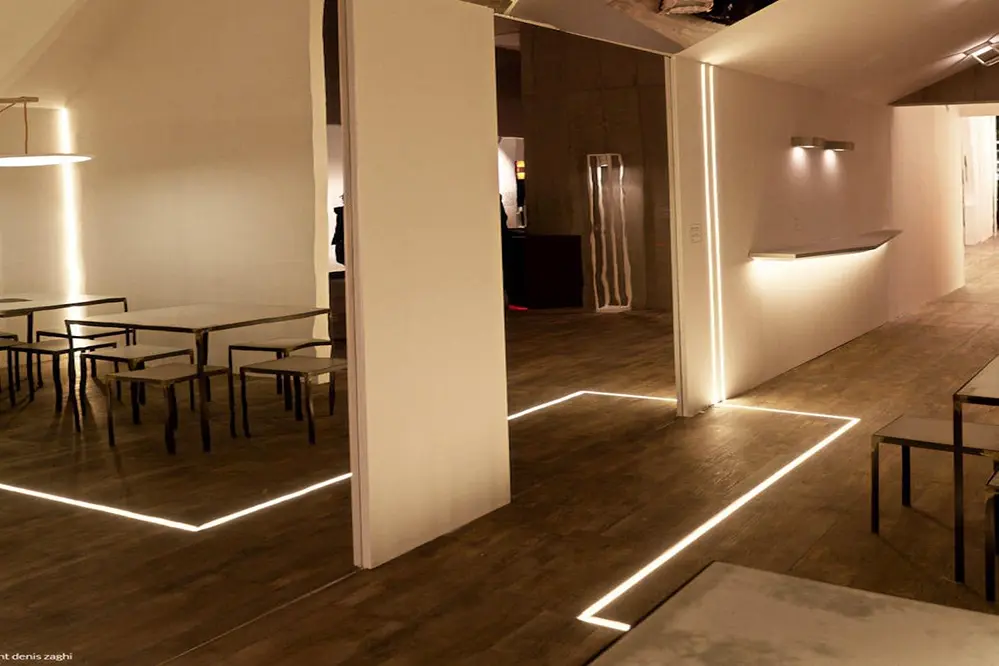
In an era where innovation intersects sustainability, LED strips have revolutionized commercial spaces, offering a versatile solution to the dynamic lighting needs of businesses, enhancing both aesthetics and functionality in unparalleled harmony.
Businesses enthusiastically adopt LED strips to embrace modern architectural designs where vibrant efficiency and bold creativity converge.
Undoubtedly, LED strips illuminate showcases, define spaces, and guide customers, proving indispensable in retail environments where visual appeal is paramount.
These strips have elevated corporate spaces through customizable lighting solutions that foster productivity while conserving energy resources.
With their unprecedented longevity and minimal maintenance requirements, LED strips allow businesses to invest in transformative lighting, witnessing substantial cost savings and enhanced environmental responsibility as they reduce their ecological impact.
Ultimately, the role of LED strips in commercial spaces is far from peripheral. Their integration marks the dawn of a new illumination era, where sustainable elegance meets practical innovation, illuminating pathways to a brighter future.
LED Strips in Residential Settings
LED strips are revolutionizing home lighting, offering new opportunities for customizing and enhancing personal living spaces with ease.
In residential settings, the impact of LED strips as a versatile lighting solution is remarkable, providing an ability to craft unique atmospheres that resonate with individual styles. Their application extends from subtle under-cabinet lighting in kitchens to energy-saving dynamic accent walls, presenting endless creative possibilities. These innovative strips have become popular among homeowners seeking both aesthetic beauty and functional advantages, redefining traditional notions of interior design.
Moreover, these strips contribute to a personalized experience for every household. By employing adjustable light settings, residents can effortlessly shift mood lighting from a calming blush to a vibrant glow, accommodating any occasion or preference. The transformation due to this adaptive lighting is a testament to the promise of modern technology enhancing everyday lives.
Furthermore, the integration of smart home technology with LED strips enables unprecedented control over lighting environments, elevating residential lighting to new heights. With intuitive smart controls, inhabitants can program intricate lighting sequences and energy-efficient modes to align with daily routines. This signifies a splendid leap forward, fostering a harmonious blend of sustainable practices with cutting-edge modern living.
LED Strips and Sustainability Efforts

LED strips exemplify sustainability efforts, a beacon of eco-conscious innovation, transforming how we illuminate spaces. Harnessing their low energy consumption and longer life span, they represent a sensitive yet powerful step toward reducing our carbon footprint, all while maintaining remarkable efficiency.
By championing the adoption of a green ethos, LED strips are a “brighter future.” Comprised of sustainable materials, their production aligns with modern conservation standards. As a result, the incorporation of these light sources into our daily lives not only diminishes reliance on less efficient lighting but also encourages industries to set a new standard for eco-friendly innovation.
Contribution to Green Building
LED strips are pivotal in the evolution of green buildings, enhancing energy efficiency and sustainability.
- Low energy consumption significantly reduces the carbon footprint of buildings.
- Long lifespan and durability decrease waste and maintenance costs.
- Flexibility in design allows for creative and efficient integration into eco-friendly architectures.
- Minimal heat emission aids in maintaining comfortable indoor temperatures without additional cooling systems.
These advantages make LED strips indispensable in meeting green building certifications.
Integrating LED strips fosters innovation in creating environmentally responsible and economically sound structures.
Future Trends in LED Technology
LED technology is evolving at an unprecedented pace. Futuristic innovations hold promise for even greater advancements. This scope extends into realms like bio-adaptive lighting, where LEDs can adjust according to human circadian rhythms. Moreover, LEDs at the core of smart lighting solutions are poised to revolutionize efficiency and user control.
Nanotechnology influences LED materials immensely. Micro-LEDs represent the next frontier. Their size reduction promises enhanced efficiency.
Sustainability efforts are benefiting from solar-powered LED integrations. With solar energy driving LED systems, the carbon footprint shrinks significantly – a necessary step in the global renewable energy movement.
Inventive solutions will reshape infrastructure with smarter, sustainably-lit environments, envisioning cities where dynamic LED lighting adapts seamlessly to human needs. These evolving technologies affirm the lighting industry’s commitment to intersecting environmental stewardship with cutting-edge innovation.
Challenges and Considerations
Adoption rates can vary across different markets.
The lighting industry faces multiple challenges with LED strip integration. One major hurdle is the upfront cost relative to traditional lighting, which may deter some segments from adopting large-scale LED installations. Furthermore, adapting to the ever-evolving standards of energy efficiency and environmental regulations may require continuous innovation and investment.
Durability and quality are crucial for long-term success.
LED strip manufacturers must balance cost-effectiveness with innovation – as the initial high production costs of these advanced technologies need to offset in the long run – ensuring consistent performance and extended product lifespans.
In addressing these challenges, stakeholders must consider comprehensive approaches to promote standardized testing protocols, facilitate global supply chain efficiencies, and invest in sustainable practices. This forward-thinking strategy not only enhances the viability of LED solutions but also fortifies the commitment to a greener future in the lighting industry.
Conclusion
LED strips are revolutionizing the lighting industry by offering a versatile solution that significantly reduces energy consumption. These innovative lights not only illuminate spaces but also redefine them, providing both aesthetic appeal and functional efficiency. By cutting energy usage by up to 75% compared to traditional lighting, LED strips play a crucial role in fostering eco-friendly practices.
Beyond their energy efficiency, LED strips represent a broader shift towards sustainable living. They provide businesses and homeowners with the opportunity to reduce their carbon footprint while enhancing the visual appeal of their environments. This transformation is not merely a trend but a necessary evolution, driven by the urgent need to address climate change and conserve resources.
As the world increasingly embraces sustainability, LED strips are at the forefront of this movement, contributing to a more sustainable future. Their ability to transform spaces while promoting environmental responsibility makes them an essential component in the journey towards a greener world. Through their innovative design and efficiency, LED strips are making a significant difference in how we approach lighting and sustainability.

